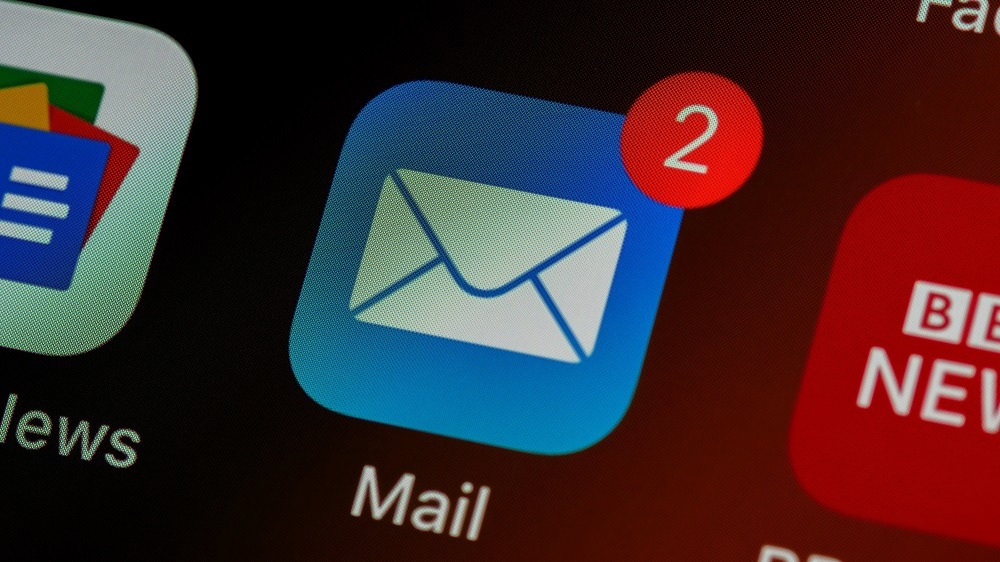You spend time crafting emails for your business. But if no one opens them, does it even matter?
If you have ever stared at embarrassingly low open rates, you are not alone. Writing emails that people actually want to read is part science, part art, and completely doable.
Why Most Emails Never Get Opened
Before you can fix the problem, it helps to understand it.
The average person receives dozens, sometimes hundreds, of emails every day. Most of them get ignored or deleted without a second thought.
In a world overflowing with emails, here are the main reasons yours might not be getting opened:
- Weak subject lines: If the subject line is boring, confusing, or too generic, people skip it.
- Wrong timing: Sending your email at odd hours or on the wrong day can bury it in the inbox.
- Lack of personalization: One-size-fits-all messages do not feel relevant or important.
- Overly promotional tone: Constant selling turns people off.
Luckily, fixing these issues is easier than you think.
The Secret to Writing Emails People Want to Read
At the heart of a good email is one thing: relevance.
People do not open emails just because they know your name. They open them because they think the email is about them, helps them, or interests them.
Here is the simple formula:
Relevance + Curiosity + Trust = Opens
If your subject line sparks curiosity, your message feels relevant, and your name is trusted, you are well on your way to better open rates.
Pro Tip: Always think, “Why would they care?” before you hit send.
Crafting Subject Lines That Actually Work
Your subject line is the gatekeeper. Nail it, and the battle is half won.
Here are some email subject line tips that work for small business owners:
- Keep it short and sweet: Aim for 6–10 words if you can.
- Make it about them, not you: Focus on their needs, not your product.
- Add a hint of curiosity: Give them a reason to click without giving away everything.
- Avoid spammy words: Words like “FREE!!!” or “Act Now!!!” can trigger spam filters and destroy trust.
Examples of strong subject lines:
- “3 Easy Ways to Save Money This Month”
- “Are You Missing This Marketing Trick?”
- “New for You: Simple Solutions to Grow Faster”
Subject line ideas for small businesses:
| Type | Example |
|---|---|
| Helpful Tip | “How to Fix [Common Problem] in 10 Minutes” |
| Personal Connection | “A Quick Note Just for You” |
| Curiosity | “What Most Small Businesses Get Wrong (And How to Fix It)” |
| Offer | “Save 20% on [Service/Product] This Week Only” |
Timing Matters: When to Send Your Emails
Even the perfect email can get buried if you send it at the wrong time.
Here are some general timing guidelines:
- Tuesday, Wednesday, and Thursday mornings often get the best open rates.
- Avoid weekends unless you know your audience is active then.
- Mid-morning (9:00–11:00 a.m.) tends to work better than very early or very late.
Tip: Test different days and times. Your audience might have unique habits.
Making Your Email Worth Reading
Getting them to open is the first win. Keeping them reading is the next.
Here’s how to make your emails feel worth their time:
- Start strong: Your opening line should be engaging and clear.
- Stick to one main point: One email = one clear idea or offer.
- Use short paragraphs and bullets: Make it skimmable.
- Speak like a human: Write like you are talking to a real person, not a committee.
- End with a clear next step: Tell them exactly what you want them to do next (click, reply, buy, etc.).
A Simple Email Structure You Can Follow:
- Subject Line (grab their attention)
- Opening Line (connect with them immediately)
- Main Message (one main point)
- CTA (Call to Action) (tell them what to do)
- Friendly Sign-Off (keep it personal)
Common Email Mistakes to Avoid
Even small mistakes can sink your open rates and hurt your reputation. Watch out for these:
- Bait-and-switch subject lines: If the subject promises something the email does not deliver, trust will be broken.
- Walls of text: Huge paragraphs scare readers away.
- Overcomplicating your message: Simpler is almost always better.
- No personalization: If it feels like a mass blast, people treat it like one.
- Sending too often or too little: Find a balance that keeps you present but not annoying.
Quick Fixes for Common Mistakes:
- Read your email out loud before sending. If it sounds robotic or confusing, fix it.
- Always imagine reading it on a phone screen, because most people will.
Final Thoughts: Start Small, Test, and Improve
You do not need to overhaul your entire marketing strategy overnight. Start with your next email. Focus on writing a better subject line. Make the message about your reader, not yourself. Test different sending times. See what works.
The beauty of email marketing is that small improvements add up fast. If you keep learning and adjusting, you will not just write emails people open. You’ll write emails people look forward to reading.
And that’s where real growth begins.


